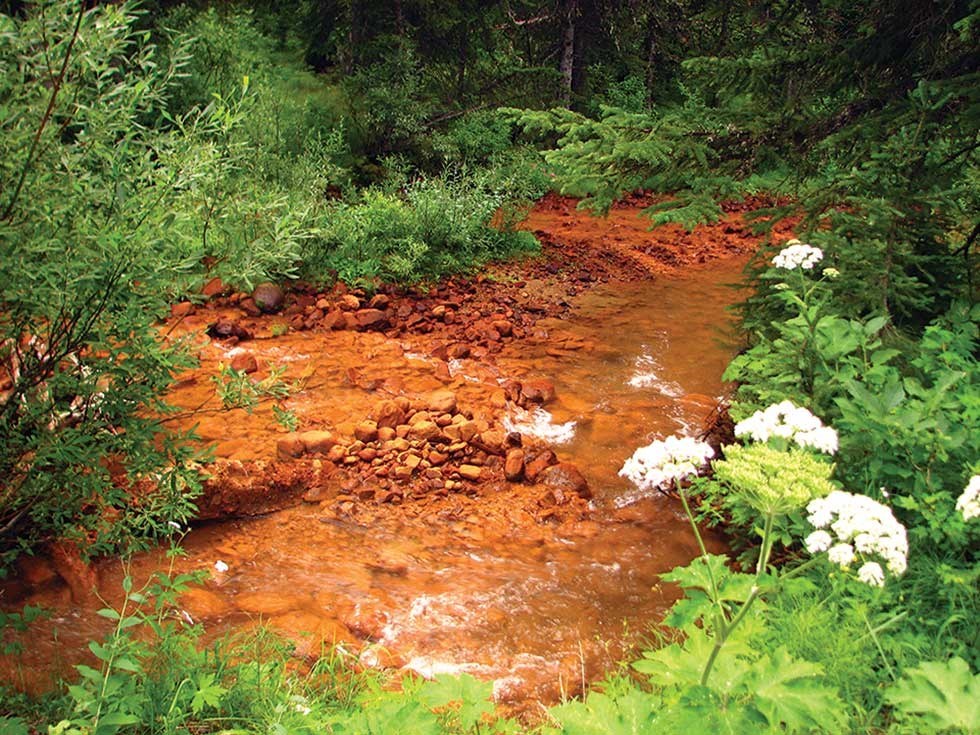Part of a series of articles titled Crystal Clear: A Call to Action.
Article
Crystal Clear: McLaren Tailings Restoration

Montana Department of Environmental Quality
Background
The reclamation of the McLaren Tailings was a long sought-after objective by Yellowstone National Park, the State of Montana, and local environmental groups. Combined with work done upstream at the New World Mining District under the supervision of the Gallatin National Forest, the removal of the McLaren Mill tailings would help clean up the most heavily damaged mining area in tributaries of Yellowstone National Park. A major hurdle to the restoration was removed in 2008 when an agreement between the DEQ and the EPA was reached that released Montana from liability and allowed the acquisition of the tailings property. This allowed Montana to develop the final reclamation design plans in 2009, which entailed onsite disposal of the tailings in a lined repository with a multi-layer cap. All tailings and mine waste currently located in the floodplain of Soda Butte Creek were to be stabilized with lime, excavated, and disposed of in the repository. Subsequently, Soda Butte Creek will be restored with a functioning riparian wetland system and floodplain. Restoration activities began in summer 2010.Status
2013 marked the fourth year of construction for the restoration project on what is expected to be a total six-year project. According to DEQ project managers, the removal of the tailings and waste material to the lined repository that began in 2012 is continuing and is expected to be mostly completed by the end of 2013. When the tailings removal is completed, the final phase of the project will recontour the site to match the rest of the watershed, and Soda Butte Creek will be moved so that it can flow down its historic channel. Water quality protection during the construction phase of the project has been a high priority for DEQ and the National Park Service. Potential sources of pollution are storm-water runoff from the tailings and contaminated groundwater releases. To mitigate these potential hazards an extensive set of storm-water runoff controls have been installed, and an onsite water treatment plant was constructed to treat groundwater and storm water to remove metals to below aquatic life standards. Yellowstone National Park, in conjunction with the NPS Water Resources Division and DEQ, has also established water quality monitoring sites on Soda Butte Creek below the project and several miles into the park to detect any problems. Initial monitoring of the site at this point indicates that water quality of Soda Butte Creek will improve dramatically upon completion of the project.Learn about the final restoration here.
Last updated: November 8, 2018
